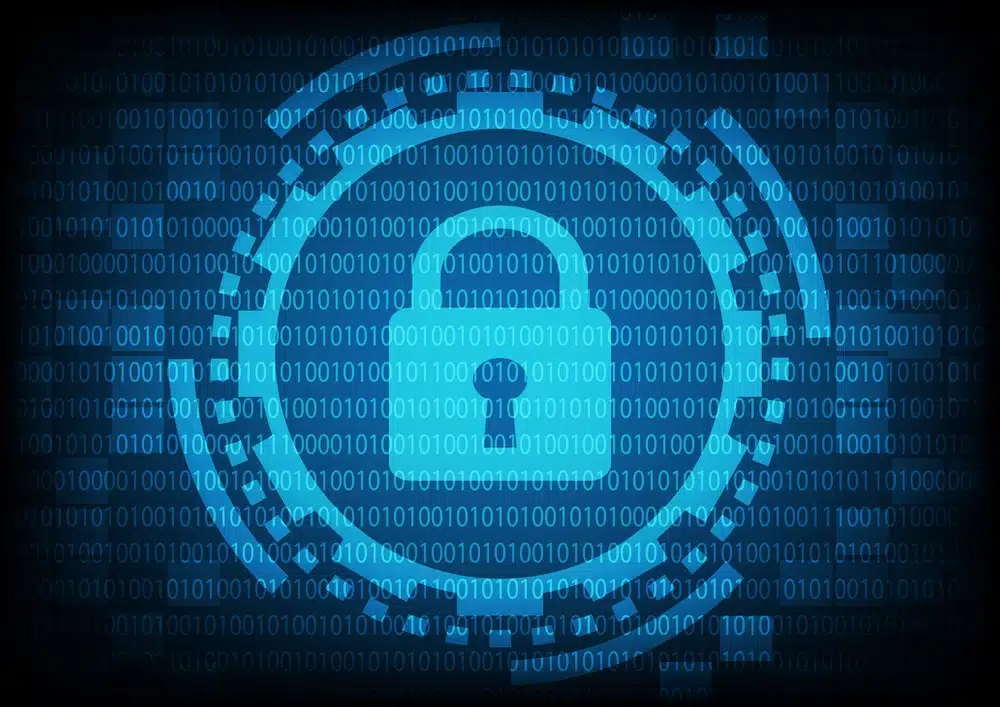Many profit from collecting as much user data as possible and using it for advertising or other purposes. This is why end-to-end encryption has become the gold standard for privacy. Apps that offer end-to-end encryption give users more control over their data and conversations. End-to-end encryption (E2EE) ensures that only the communicating users have access to the messages they exchange, maintaining the privacy and security of their communication. The service provider facilitates the encrypted communication but cannot access the cryptographic keys needed to decrypt the conversation.
- User 1 writes a message to User 2 and hits send.
- The messaging app encrypts the message using cryptography before it leaves User 1’s device. This encrypted data is indecipherable to anyone without the cryptographic key.
- The encrypted message is transmitted to the service provider’s server and then to User 2’s device. Neither the service provider nor an attacker spying on the network can read the message.
- Upon receipt, User 2’s app automatically decrypts the message so User 2 reads it.
The encryption and decryption happen automatically within the app itself. The service provider only sees encrypted data throughout the transmission process. The users alone control the keys needed to encrypt and decrypt each message. This prevents the service provider and network attackers from accessing private conversations. Unfortunately, many other common services like email providers and social networks still do not provide this level of security. This leaves user data vulnerable to hacking, advertising monetization, and government overreach. The growth of E2EE messaging shows that attitudes are shifting, but there is still a long way to go.
Importance of open-source cryptography
For encryption apps to be trustworthy, they need to use open-source and peer-reviewed cryptographic libraries. The programming behind end-to-end encryption methodology must be public to ensure there are no hidden “backdoors” built into the code. Services that use closed-source cryptography could secretly program ways to bypass encryption and access private user data. Then they could sell that data or hand it over to authorities without informing users. To have full confidence in an end-to-end encrypted app, you need to know exactly what cryptography code is encrypting and decrypting your messages. Open-source crypto libraries have undergone extensive peer review and testing. Bugs get discovered faster when anyone can scrutinize the code.
Private messaging of the future
End-to-end encryption forms the backbone of privacy for messaging, cloud storage, and private note-taking. Without cryptographic security, any data stored on a digital service remains vulnerable. E2EE needs to become standard across all online apps that handle sensitive user information. The growth of encrypted messaging apps shows that more consumers are acknowledging the privacy pitfalls of the digital age. Businesses are also increasingly implementing encryption to secure communications and ensure compliance with data protection laws.
Easy-to-use encrypted note-taking apps now bring cryptographic security to your personal diaries and financial records. With E2EE, you privately store your most confidential thoughts and memories without fear of exposure. The future of online privacy depends on end-to-end encryption becoming commonplace. Public attitudes are shifting as people realize the importance of controlling their digital footprint. Read the full info, click it now privatenote.io.





